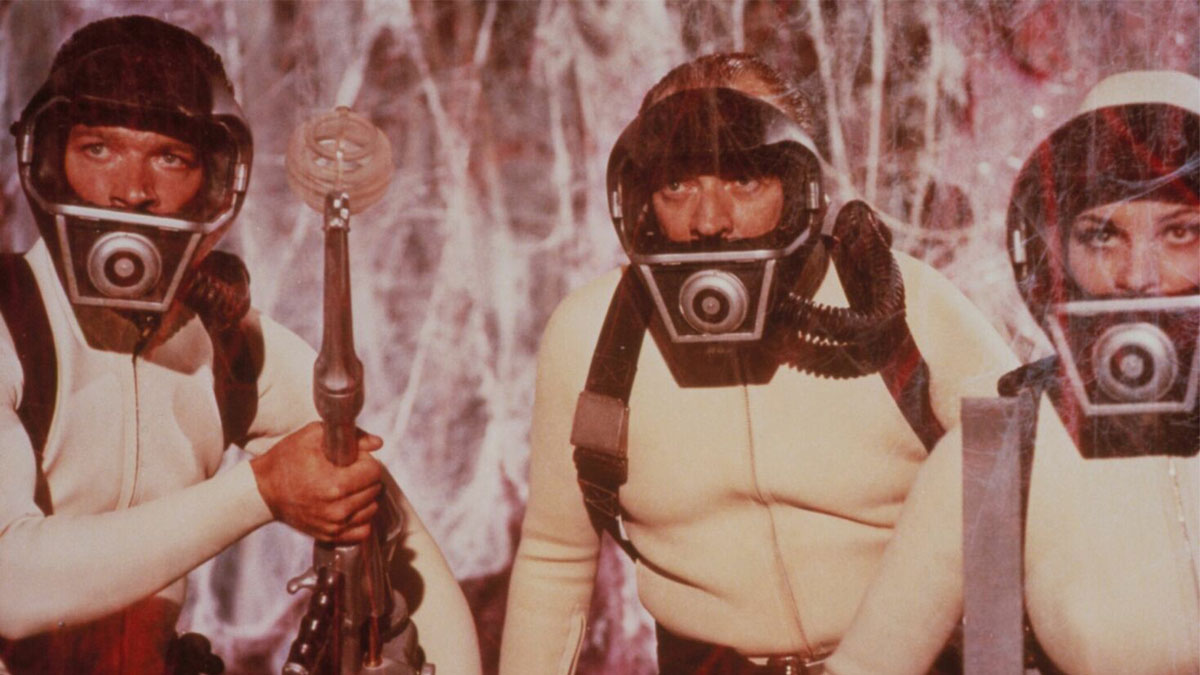
(C)2017 Twentieth Century Fox Home Entertainment LLC. All Rights Reserved.
``Fantastic Voyage'' A science fiction masterpiece of outstanding quality from the 1960s before ``2001: A Space Odyssey'' (Part 1)
2021.03.10
Proteus and special effects
The Proteus was designed by Harper Goff , who also designed the Nautilus in 20,000 Leagues Under the Sea , on the recommendation of Richard Fleischer.
To this design, a full-size Proteus set was built by the construction department, supervised by Hennessy and headed by Ivan Martín. It measures 12.8m long, 7m wide, 4.6m high, weighs 3.6t, and cost $100,000 to build. The hull was designed to be disassembled quickly so that it could be photographed in the cramped interior of the ship.
Additionally, a miniature shop headed by Gail Brown makes miniatures in various sizes, including 1.5m, 90cm, and 30cm.
The special effects supervisor was Lenwood Ballard Abbott, also known as L.B. Abbott . Following in the footsteps of his father, who was a cinematographer, he entered the industry after The Graduate from high school as a special effects staff member on Fox Film's (*4) ``Glory'' (26).
He became the special effects manager at 20th Century Fox from 1957, and was highly trusted by the company and the industry, working on many television series as well as movies. However, he specialized in in-camera effects, which he called the "wire, tape, rubber band style."
This time, Abbott says he felt nauseous after reading the scenario for ``Fantastic Voyage.'' That night, he wrote a letter to Darryl F. Zanuck requesting that the project be canceled, but he did not actually mail it, realizing that it was not his authority. Still, he searched for various escape routes and went to the higher-ups to explain that it was impossible.
The main reason for his resistance was the amount of work involved. Abbott already works on 40 films a year and 10 hours of special effects for television, including ` `Seaview' ' (1964-68) and `` Robinson '' (1965-68). The scale of this film's effects completely exceeded the capacity of the special effects department. However, management only tells him to do what he has to do, leaving him at a loss.
*4 Fox Film Company merged with 20th Century Pictures at the end of 1934 to become 20th Century Fox Pictures. Fred Sarsen had been working on matte paintings and compositing miniatures and live action since his days at the old Fox Films, and he established the world's largest special effects department within 20th Century Fox. He also worked on spectacle scenes such as ``Chicago'' (38), ``Suez'' (38), and ``It's Raining'' (39). Sarsen retired in 1954 and handed over his position as special effects director to Ray Kellogg, who had been his assistant since before the war. However, Kellogg suddenly became independent in 1957, perhaps because he had a desire to become the main director. L.B. Abbott was suddenly selected as the third special effects manager. After that, Kellogg was tricked by a man named Gordon McClendon, who ran a drive-in theater in Dallas, and produced films such as `` The Great Lizard'' (1959), in which he only photographed a real Gila monster , and `` The Man-Eating Mouse '' (1959), in which he photographed a dog with special make-up. He directed only three ultra-low-budget films, including `` The Island '' (1959), and thereafter made a living as a second-team director.

